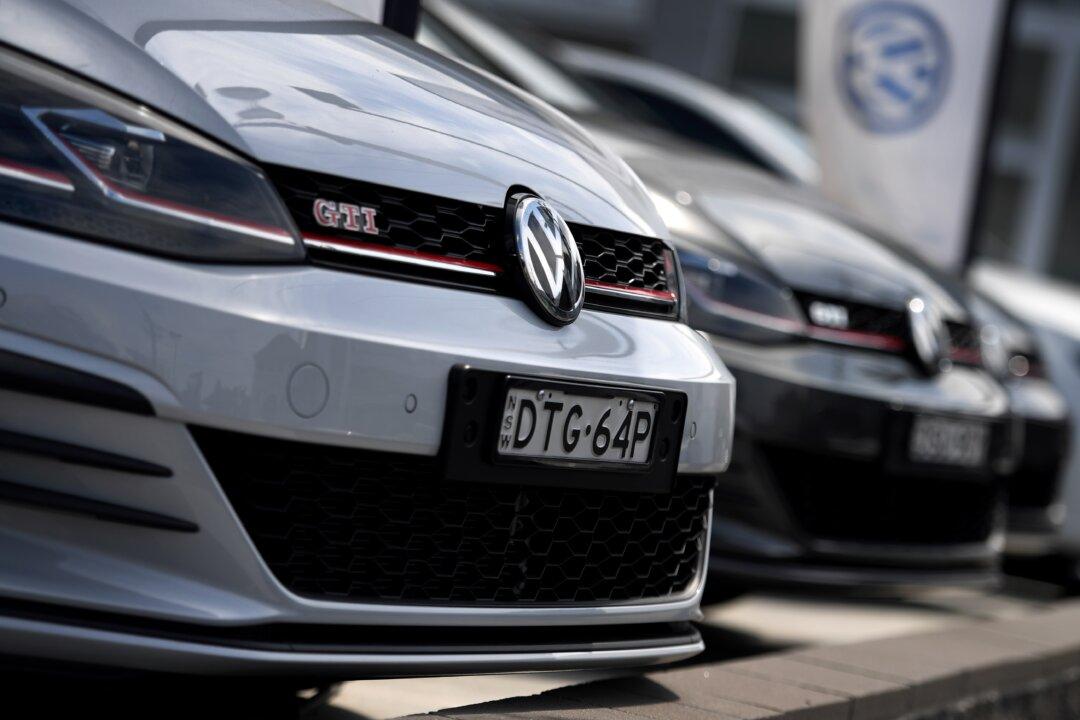Transport costs have surged by over $1,000 (US$672) annually in some Australian cities, averaging over $24,000 (US$16,126) and stressing household budgets.
The Australian Automobile Association (AAA) reported a 4 percent increase in transportation costs over the past three months, exceeding triple the consumer price index.





